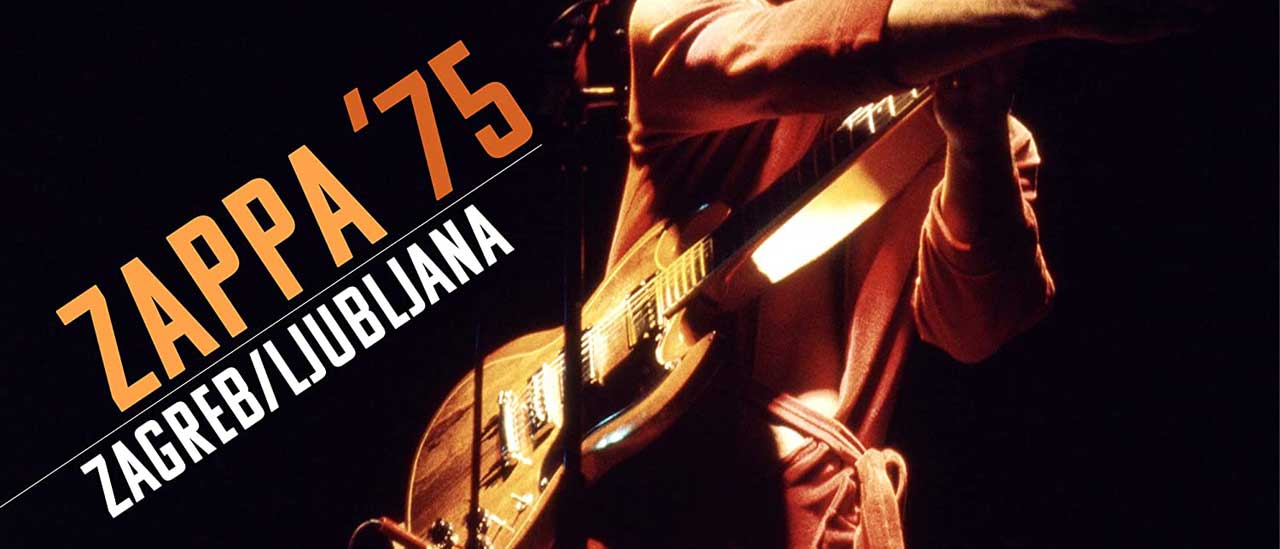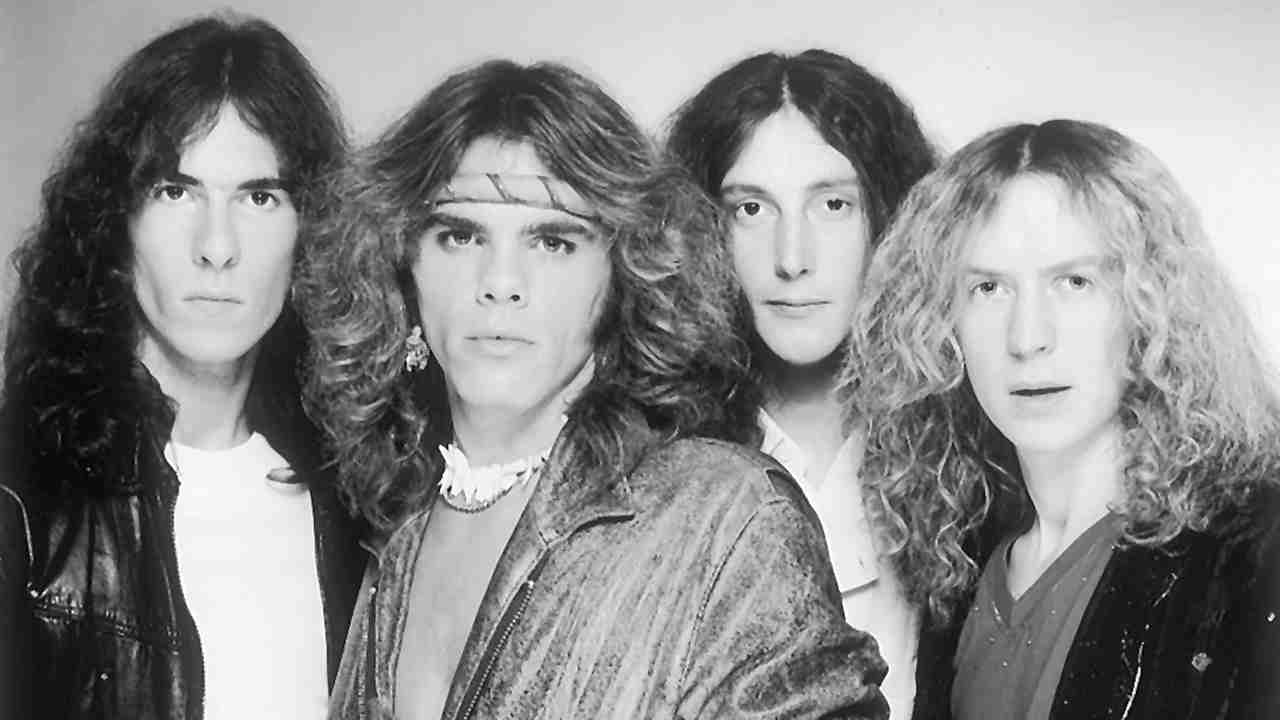You can trust Louder
Between ’72 and ’75, Frank Zappa released five albums that brought in a slick, jazzy-pop elegance to replace the hippie-baiting avant-garde squiggles of the 60s, although his lyrics remained festooned with filth.
In November ’75 he took a quick break from his North American tour to play a couple of shows in what was then Yugoslavia with a five-piece band that featured long-standing bassist Roy Estrada and the recently arrived Terry Bozzio, who over the next three years would go on to become one of Zappa’s most iconic drummers, with a wit and repartee to match that of his boss.
The recordings have been painstakingly pieced together from obscure Eastern European technology and are not pristine, but Zappa-ophiles won’t be complaining. It’s been cunningly sequenced to pull the best from both shows with minimal duplication, although you do get both Bozzio drum solos.
More than half of the 26 tracks come from Zappa’s then most recent four albums plus the two that would follow in the next couple of years. He also goes back to the 60s for medleys from the albums Freak Out! and We’re Only In It For The Money, and there are rare outings for Chunga’s Revenge and The Poodle Lecture.
Sign up below to get the latest from Classic Rock, plus exclusive special offers, direct to your inbox!
Hugh Fielder has been writing about music for 50 years. Actually 61 if you include the essay he wrote about the Rolling Stones in exchange for taking time off school to see them at the Ipswich Gaumont in 1964. He was news editor of Sounds magazine from 1975 to 1992 and editor of Tower Records Top magazine from 1992 to 2001. Since then he has been freelance. He has interviewed the great, the good and the not so good and written books about some of them. His favourite possession is a piece of columnar basalt he brought back from Iceland.


